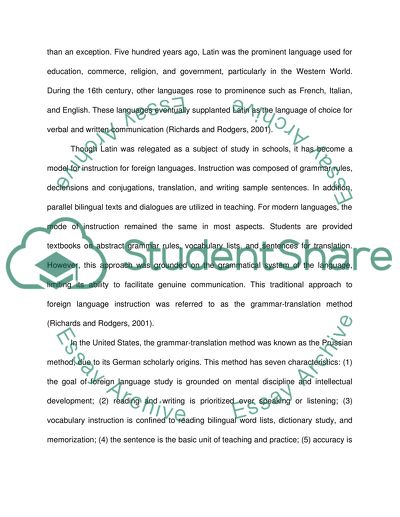Cite this document
(“Presentation,Practice and Production approach to language teaching Dissertation”, n.d.)
Retrieved from https://studentshare.org/other/1429425-presentationpractice-and-production-approach-to
Retrieved from https://studentshare.org/other/1429425-presentationpractice-and-production-approach-to
(Presentation,Practice and Production Approach to Language Teaching Dissertation)
https://studentshare.org/other/1429425-presentationpractice-and-production-approach-to.
https://studentshare.org/other/1429425-presentationpractice-and-production-approach-to.
“Presentation,Practice and Production Approach to Language Teaching Dissertation”, n.d. https://studentshare.org/other/1429425-presentationpractice-and-production-approach-to.


